Why can’t some Men grow beards?
1.Genetics:
Beards are produced by a chemical named dihydrotestosterone which is synthesized from testosterone. The ability to grow beards is given by how the body reacts to testosterone. In general, men present the same levels of testosterone. However, individuals who can grow thick facial hair are more receptive, or sensitive, to testosterone than those who cannot grow beards. This is where genetics come into play, the way a person’s body responds to testosterone results in how the beard grows.
2.Skin conditions:
In some cases, a man may suffer from a skin condition that can limit beard growth. Alopecia is one of these conditions, which cause hair loss and balding. If a person suffers from alopecia, his immune system attacks his hair follicles, accidentally, and the hair growth stops. Fortunately, the results of alopecia are not permanent.
3.Underactive thyroid:
Another reason why some men cannot grow beards may be an underactive thyroid, also called hypothyroidism.
4.Deficiency of iron or anemia:
Another reason can be a deficiency of anemia or iron.
Who can be a candidate for a beard transplant in Iran?
If you have the following options, you can be a good candidate and get a beard transplant in Iran:
1.People who cannot grow a beard naturally or are concerned about having a patchy beard.
2.Men who have had prior laser hair removal or electrolysis.
3.Men undergoing FTM gender confirmation surgeries.
4.Those who want to cover scars and burns caused by a prior injury.
5.People who want to create a permanent, natural beard for FTM transgender men.
6.People who want to fill in thin or bare areas in the beard.
If you have the following features, you are not a good candidate for a beard transplant:
1.You have a medical condition that affects blood clotting, such as thrombophilia or hemophilia.
2.You have an active inflammation or infection on the face.
3.You have a history of poor wound healing or keloid scarring.
4.You have scarring alopecia or autoimmune alopecia areata, that can destroy the hair follicles.
5.You don’t have enough donor hair supply to cover the desired areas.
Cost of Beard Transplant in Iran
One of the important reasons why Iran is popular for its cosmetic surgeries is the affordable prices compared to other countries. The price of a beard transplant in Iran is between $900-$2,500. You can find the same procedure in other countries at a high price. For instance, in the United Kingdom, the cost of this procedure ranges from $3,500 to $15,000, depending on the technique used, the number of hairs you want to get transplanted, and the reputation of the doctor. In Canada or the United States, this operation is done at a higher cost, usually from $7,000 to $25,000.
The low prices in Iran are mostly because of the low currency against other countries. Therefore, patients can get a beard transplant in Iran at high quality while paying low and saving a considerable amount of money.
Why should I get my beard transplant in Iran?
In terms of cosmetic surgeries, Iran has been one of the leading countries in recent years. Many international people from all around the world come to this country to get their cosmetic treatments. There are many reasons why Iran has become a popular destination for aesthetic procedures. For example, we can mention the best doctors and surgeons as one of the important reasons for Iran being a hub for such surgeries. Iranian specialists and surgeons are well-skilled and well-experienced. They have completed their education at the top universities in the world, and they also have done many successful beard transplant procedures.
Another reason is the existence of many modern and advanced hospitals and clinics, which provide patients with the best quality of treatment.
Iran offers its treatments at a high quality and a low cost. This feature has turned into an opportunity for international patients to get their treatment while saving an amount of money, as many patients cannot get their cosmetic treatment in their homeland, since they are so expensive and not covered by their insurance.
Last but not least factor that has turned this country into the first destination for aesthetic surgeries, is that there are no waiting lists in this country. Usually, patients should wait for an unknown time to get their treatment in their own country, but here, you don’t have to wait to get your beard transplant in Iran since there is no waiting list. Therefore, patients can get their treatments as fast as they can in this country. Nowadays, thanks to medical tourism facilitators, international patients can travel overseas for their surgeries and arrange their treatment in every country they want.
Ermateb is a medical tourism facilitator, located at the Iran University of Medical Science. The goal of our team is to help international patients, especially those who come from the Middle East, to get their aesthetic/medical services run at a high-quality and reasonable price.
During your travel to this country and treatment, Ermateb will be with you. Our team will help patients with all they need to know about having a beard transplant procedure, including choosing the best doctor or surgeon, or the best hospital. In addition, the hotel, obtaining the visa, booking the flight and accommodation, transportation, aftercare, and all the services patients are going to give during their travel to Iran are other responsibilities of Ermateb.
You can arrange your beard transplant in Iran by reaching Ermateb via WhatsApp, or you can get in touch with us by filling out the online form on our website.
How is a beard transplant done?
Facial hair transplant, or beard transplant includes harvesting hair grafts from the scalp of the patients and transplanting them onto the facial areas with thin hair or no hair. This surgery is performed under local anesthesia. It takes about 7 to 10 hours. It depends on the number of grafts to be transplanted and the technique used.
A beard transplant is like a regular hair transplant. The difference is that in beard transplant, the surgeon makes smaller incisions in the recipient areas on the face than the incisions made for hair transplant on the scalp.
There are 2 main techniques for beard transplant:
1. Follicular Unit Extraction (FUE):
FUE is the most common technique for beard transplant that includes a motorized device or the surgeon harvesting the hair grafts (complete follicle structures) from the donor area, often the back of the head or the chin. After that, the grafts are implanted into little incisions made on the recipient area, following the natural angle and direction of the beard hair. Follicular Unit Extraction is a minimally invasive method that doesn’t leave any visible scars on the donor or recipient sites. It allows for faster healing and recovery.
2.Follicular Unit Transplantation (FUT):
FUT is a less common technique for beard transplant that includes the surgeon cutting out a small strip of tissue that has multiple hair follicles from the donor area, like the back of the head. After that, the strip is divided into individual grafts under a microscope and implanted into the recipient area. Follicular Unit Transplantation is a more invasive method that leaves a linear scar on the donor site that can be visible if the hair is cut short. It also needs a longer healing and recovery process compared to FUE.
3.DHI Beard Transplantation:
DHI, which stands for Direct Hair Implantation, is one of the most effective techniques used in the treatment of balding or thinning beards or mustaches. Unlike the FUE technique, in the direct hair implantation beard transplant method, the preparation of the recipient site and implantation of the follicle are performed at the same time, that is, the implantation and extraction are combined as part of a process.
Both of these techniques can produce natural-looking and permanent outcomes. The best technique for beard transplant for the patient depends on their goals, personal preferences, budget, and availability of donor hair. The patient should consult with a qualified and well-experienced hair transplant surgeon to determine which technique is most suitable for them.
Preparation for beard transplant in Iran
There are certain things that patients should know and do to prepare themselves for their procedure and ensure a successful outcome.
1.Avoid alcohol, aspirin, and anti-inflammatory medication for at least 10 days before the transplant. These substances can raise the risk of bleeding and bruising during and after the procedure.
2.Taking a Vitamin C tablet every day, for instance, will help with the process of healing and during the recovery time. Vitamin C is necessary for collagen synthesis and wound healing.
3.Have a balanced diet and avoid stress. A healthy diet and a positive mindset can boost the patient’s immune system and decrease the chances of inflammation or infection.
4. Treat any other medical conditions that can affect blood clotting or hair growth. For instance, if you have hypertension, diabetes, or thyroid issues, you should consult with the doctor and follow the doctor’s instructions before the beard transplant.
5.On the day of the operation, wash your face and scalp thoroughly with a mild shampoo and soap. Washing your face and scalp will help to eliminate any oil, dirt, or bacteria that can interfere with the transplant process.
6. Don’t smoke for at least a week before and after the beard transplant for faster healing.
7.Have a modest breakfast in the morning of the surgery but don’t take coffee or caffeinated drinks because they will raise sensitivity to medications or bleeding.
8.Take the routinely prescribed medications like antihypertensives.
Advantages and disadvantages of beard transplant
Beard transplant like any other procedure has some pros and cons that patients should consider before undergoing this surgery.
Advantages:
1.A beard transplant can create a fuller, thicker, and more natural-looking beard that matches the patient’s facial hair structure.
2.A beard transplant can use the patient’s hair from the back of the head or the chin as the donor source, which decreases the risk of infection or rejection.
3.It can cover burns, scars, or other injuries on the patient’s face with hair grafts.
4.It can enhance the patient’s self-confidence and self-esteem by improving their facial aesthetics.
5.This is a minimally invasive and relatively painless surgery that doesn’t need hospitalization.
6.This procedure has a high success rate of around 90-95%, which means most of the transplanted hair follicles will survive and grow as beard hair.
Disadvantages:
1.A beard transplant is an expensive procedure, depending on the surgeon’s expertise and the number of grafts needed. In addition, it isn’t covered by health insurance, as it is considered an aesthetic procedure.
2.This procedure can cause some complications, like itching, redness, swelling, bleeding, scarring, or infection in the donor or recipient areas. Usually, these are temporary and can be treated with proper care or medication.
3.It can take months to see the outcomes, as the transplanted hair follicles need some time to heal and grow. You may need to trim or shave your beard regularly to maintain a uniform look.
4.A beard transplant procedure may not guarantee a perfect result, as some factors can affect the quality or direction of beard growth, like infections, hormonal changes, smoking, or aging. You may need to undergo touch-up surgeries or maintenance treatments in the future.
Risks and complications
Some of the risks and side effects of a beard transplant are:
1.Hair shedding:
which is when the transplanted hair falls out after some weeks, but new hair grows back in its place. This is expected and normal and doesn’t affect the final result of the surgery.
2.Redness and Swelling:
They are signs of inflammation and healing, and often subside within a few days. Patients can take anti-inflammatory medications or apply ice packs to decrease them.
3.Bruising:
It can occur around the donor or recipient sites, and often fades after one week. Patients can take bromelain supplements or use arnica cream to speed up the process of healing.
4.Infection:
It is rare, but can occur if the wounds aren’t properly cleaned or cared for. Patients can prevent infection by following the post-operative instructions that their surgeon prescribed, like washing the face gently, applying antibiotic ointment, and avoiding touching or scratching the area.
5.Scarring:
It can happen in the donor or recipient sites, especially if the FUT technique is used. This technique includes eliminating a strip of skin from the back of the head that leaves a linear scar that may be visible if the hair is cut short. The FUE technique avoids this by the use of a punch device to extract individual follicles, which leaves tiny dots that are less noticeable. However, both techniques may cause some degree of scarring, which can be reduced by aftercare.
6.Poor growth or direction:
This can occur if the transplanted follicles don’t survive or grow well, or if they’re placed at an unnatural density or angle. It can affect the aesthetic result of the operation and make the beard look patchy or unnatural.
These risks and side effects are generally mild and manageable and don’t outweigh the advantages of having a thicker and fuller beard. However, one should always consult with the surgeon about the potential risks and side effects before undergoing this procedure, and follow their advice on how to prepare for and recover from it.
The recovery process of beard transplant
The recovery process of this surgery is often quick and easy, but it can vary depending on, for example, the technique used, or the individual healing capacity of the person. However, we provide you with a general timeline of what to expect following a beard transplant procedure:
On day 1 of the surgery, the patient may experience some redness, swelling, and discomfort in the recipient and donor areas. The patient should avoid touching, scratching, or rubbing the area, and keep it dry and clean. The patient should also avoid smoking, alcohol, and strenuous exercise for at least 2 days.
On days 2-4, the redness and swelling should start to fade, and the patient may notice some tiny scabs around each transplanted follicle. They are normal signs of healing and shouldn’t be removed or picked at. The patient should continue to follow the post-operative instructions, like taking painkillers, applying ice packs, and sleeping with their head elevated. On days 5-7, The crusts should begin to fall off naturally, revealing the new hair growth underneath. The patient may notice some hair shedding, which is normal. It doesn’t affect the final result of the surgery, as new hair will grow back in its place. The patient should still avoid trimming or shaving their beard until the surgeon says so.
On days 8-10, the patient should be able to resume his normal daily activities, including trimming and shaving his beard. However, the patient should be gentle and careful with his new beard, and use a mild shampoo and moisturizer to keep it hydrated and clean. He should also avoid swimming and direct sunlight for about 2 weeks.
In 1-3 months, the transplanted hair will enter a resting phase. It means it will stop growing temporarily, which is normal and part of the natural hair cycle. The patient may also notice some changes in the color or texture of his new beard that will gradually blend in with his natural beard over time. In 4-6 months, the transplanted hair will resume its growth phase. It means it will start growing again at a normal rate. The patient will see a noticeable improvement in the appearance and density of his beard. The patient can style his beard as he wishes, but he should still maintain a good grooming routine to keep it attractive and healthy. In 7-12 Months, the outcome of the beard transplant will be visible by this time. The patient will have a thicker and fuller beard that looks natural and matches his facial features. He can enjoy his new beard with confidence and pride.
What can I do to promote beard growth?
Various factors can influence beard growth, like genetics, lifestyle, hormones, and grooming habits. Some of them are beyond the patient’s control, but also there are some things the patient can do to promote beard growth naturally.
Eat a balanced diet that involves vitamins, protein, minerals, and healthy fats. Protein is necessary for hair growth, as it provides the building blocks for keratin, which is the main component of hair. Some protein-rich foods are chicken, fish, eggs, dairy, beans, and nuts. Vitamins and minerals, like zinc, vitamin D, biotin, selenium, and iron, are also important for hair growth and quality. The patient can get these nutrients from vegetables, fruits, whole grains, and supplements. Healthy fats, like omega-3 fatty acids, can help decrease inflammation and improve blood circulation to the hair follicles. You can find healthy fats in avocado, salmon, olive oil, and flaxseeds.
Get enough sleep and exercise regularly. Exercise can help boost testosterone levels, a hormone that stimulates beard growth. HIIT, which stands for high-intensity interval training, is especially effective for increasing testosterone. Sleep is also necessary for hormone production and regulation. Lack of sleep can lower testosterone levels and affect the beard growth.
Wash and moisturize your face every day. Keeping your face hydrated and clean can help ingrown hairs, prevent infections, and dryness that can hinder beard growth. Use a gentle cleanser that doesn’t strip away the natural oils from the skin. Moisturize the face with an oil or lotion that is proper for your skin type. Some natural oils that can benefit the beard are coconut oil, castor oil, jojoba oil, and argan oil. They can also nourish the hair follicles and stimulate blood flow to the area.
Can I shave my transplanted hair after it grows back?
Yes, patients can shave their transplanted hair after it grows back. However, they should wait for at least one month after the procedure. Hair transplantation specialists recommend shaving the hair 1-1.5 months after the surgery. Hair shaving before this time can cause the patient to lose some of their hair follicles. However, the transplanted hair will be more secure after 1 month.
Scissors are used during the first trimming shave in the first month. The patient should avoid using an electric shaver or a razor blade, as they may damage the skin and cause infection or irritation. The patient should also use gentle products and moisturizers to protect his hair and skin. After the first month, he can gradually switch to an electric shaver or a razor blade, but he should still be careful and gentle.
Shaving transplanted hair won’t affect its quality or growth. The transplanted hair grows like natural beard hair and blends in with the existing facial hair. However, the patient should follow his surgeon’s advice on how to care for his beard and maintain its appearance. For instance, he may need to avoid smoking, sun exposure, or drinking alcohol. By following these steps, he can ensure that his beard transplant will heal properly and give him the best outcomes.

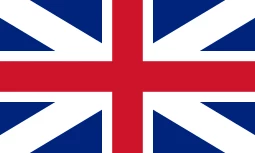
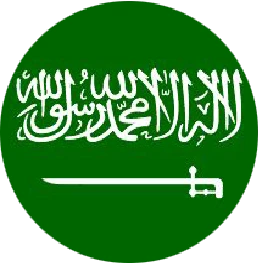 Arabic
Arabic
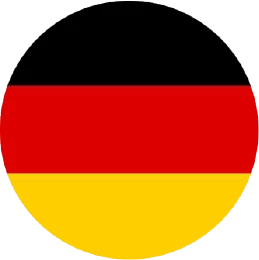 German
German
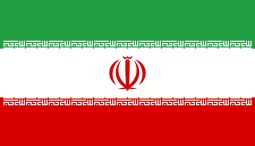 Persian (Farsi)
Persian (Farsi)
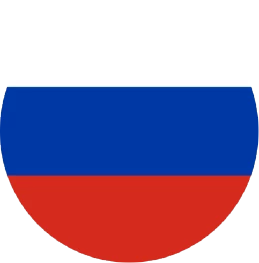 Russian
Russian
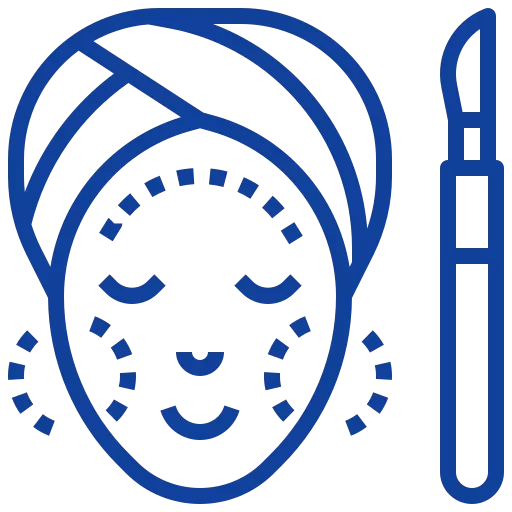 Beauty
Beauty
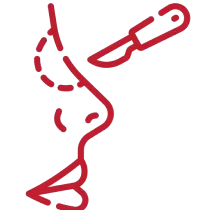
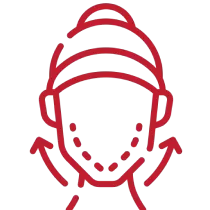
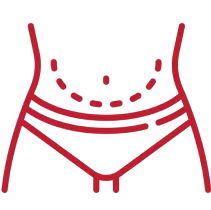
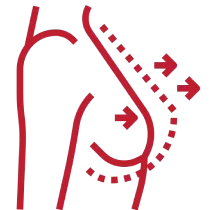
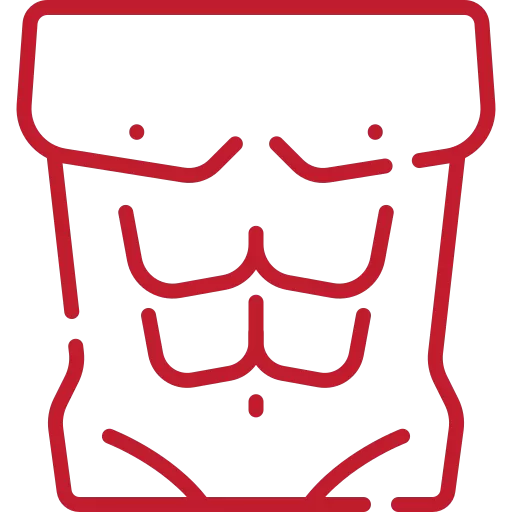
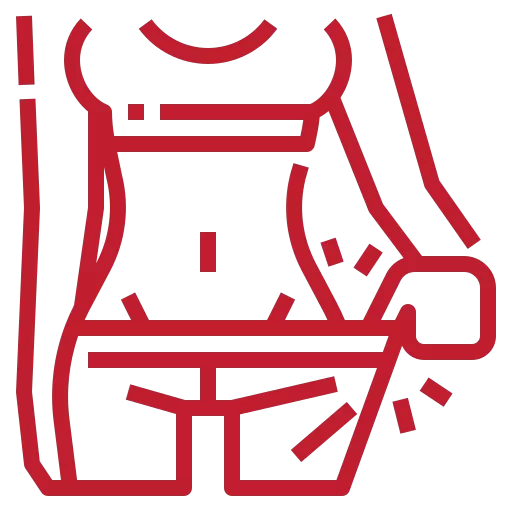
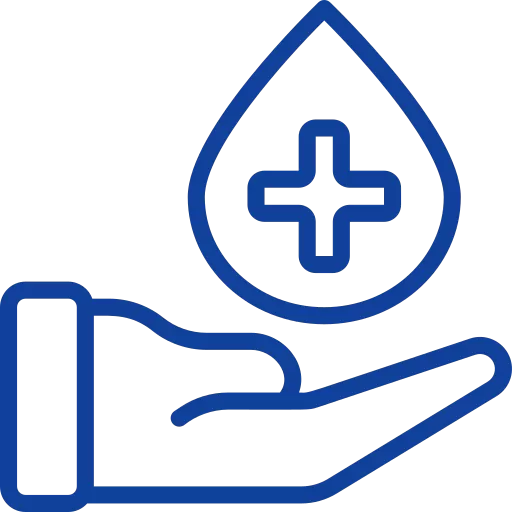 Medical
Medical

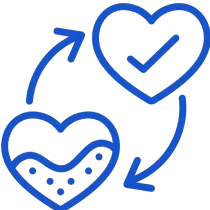

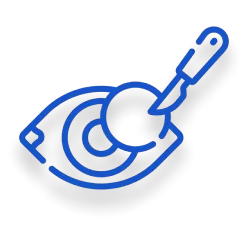
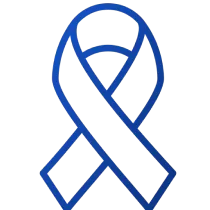
 Hotels
Hotels
 Hospitals
Hospitals






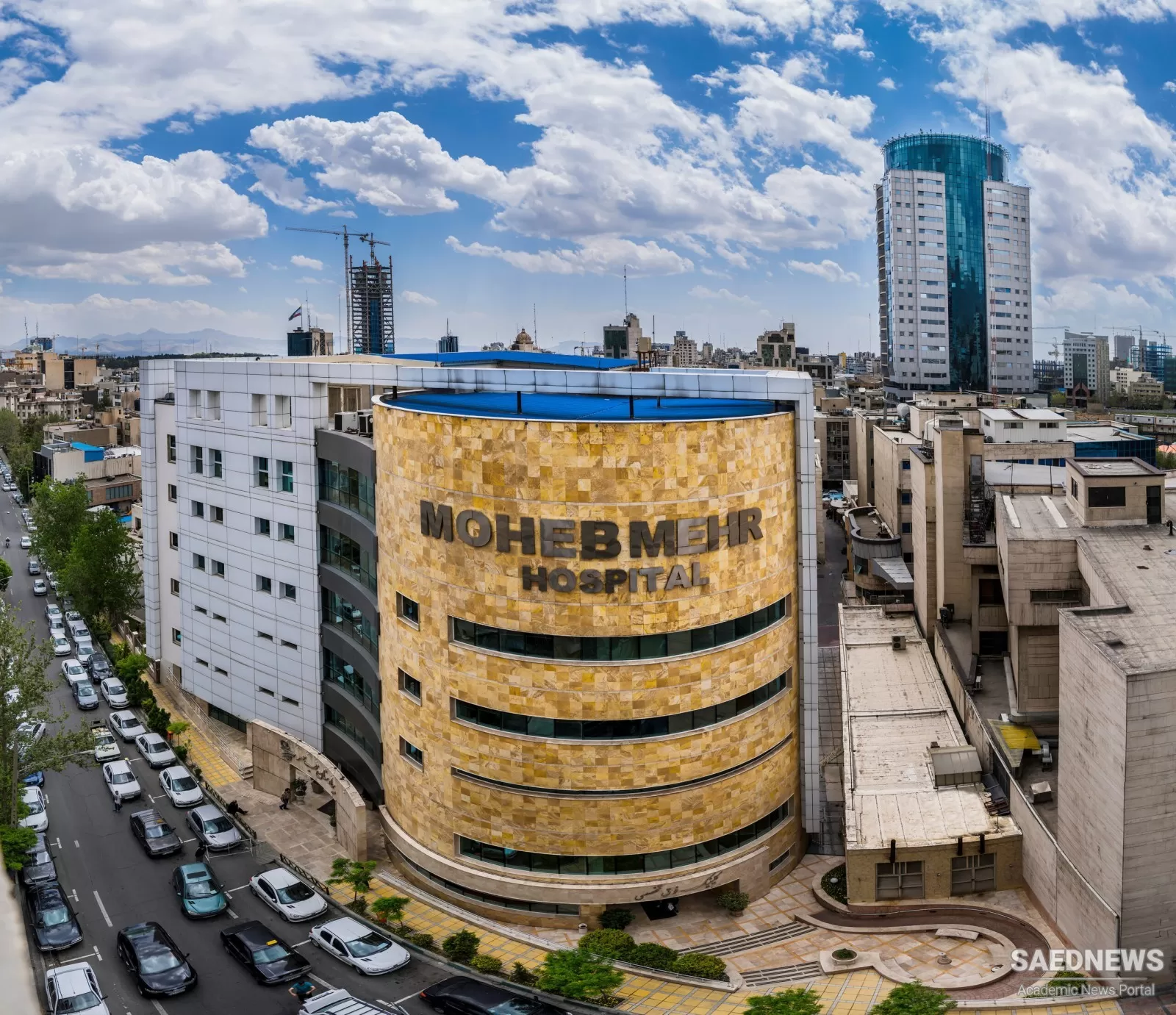

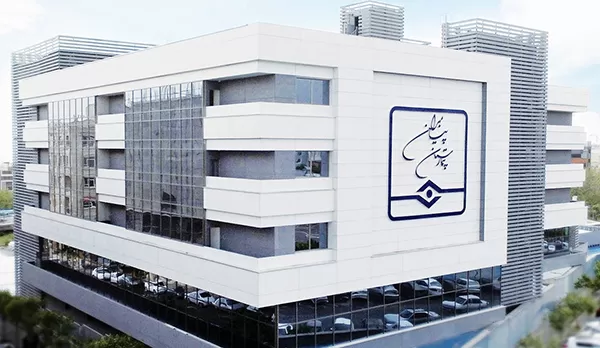
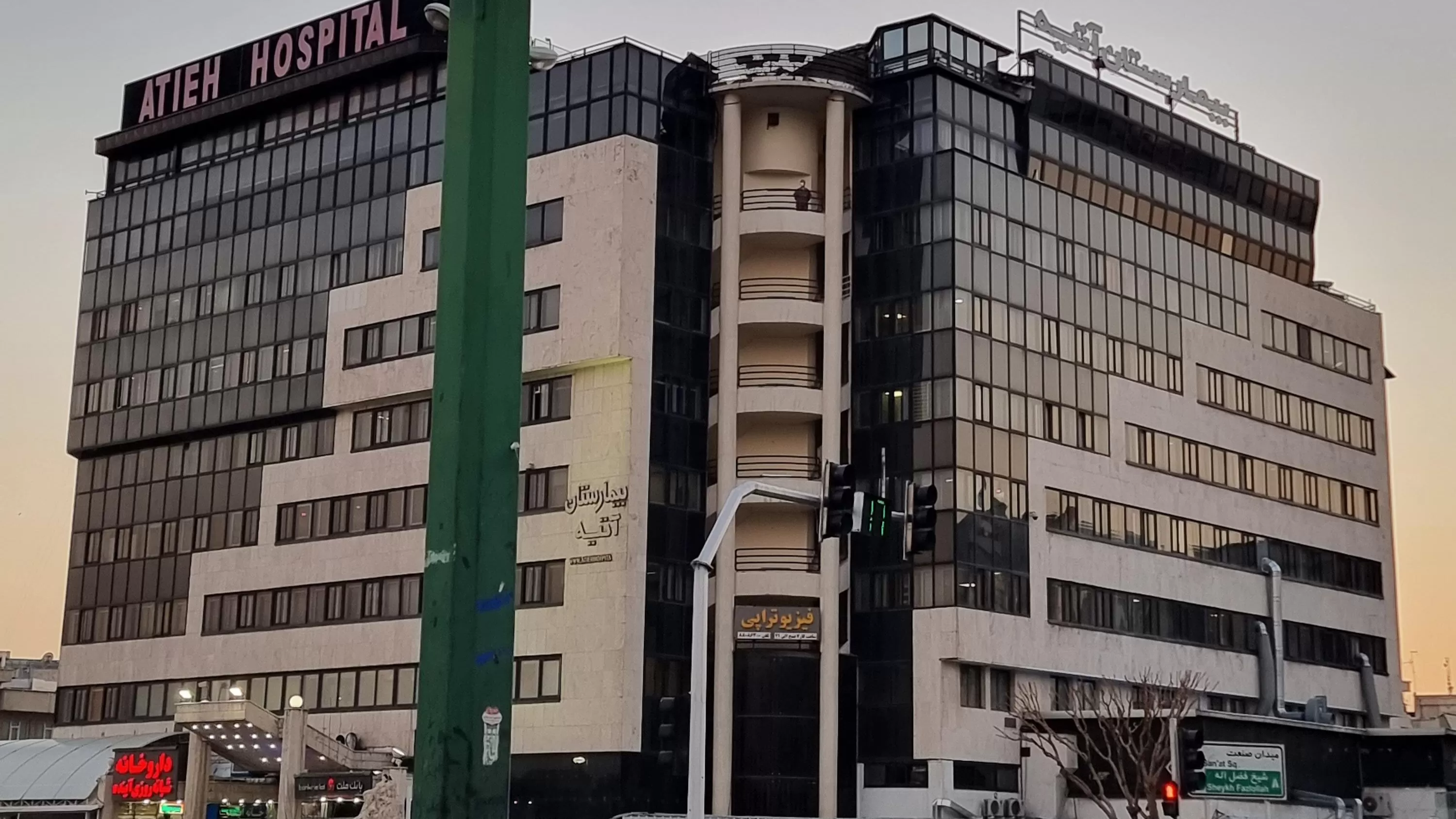
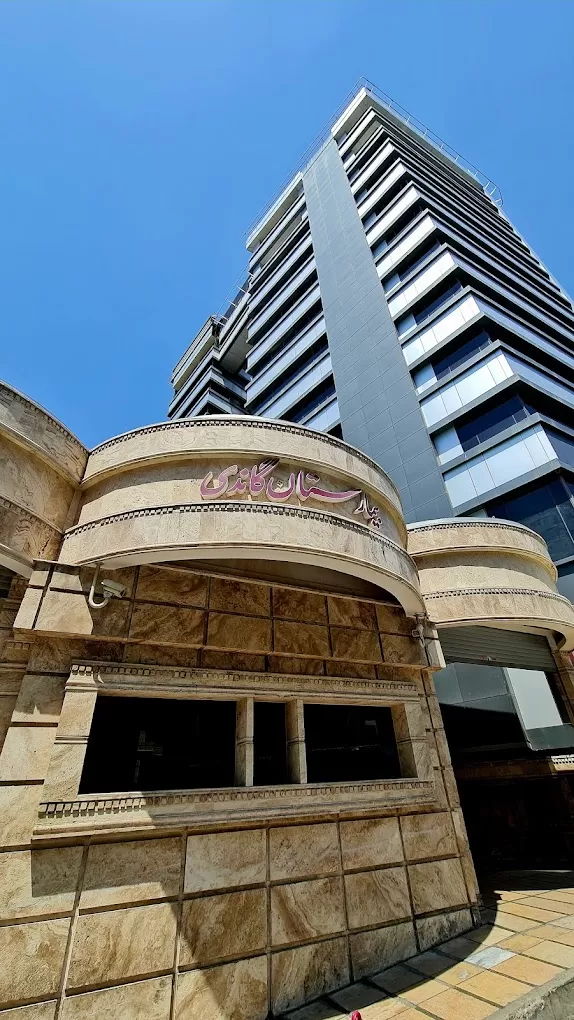
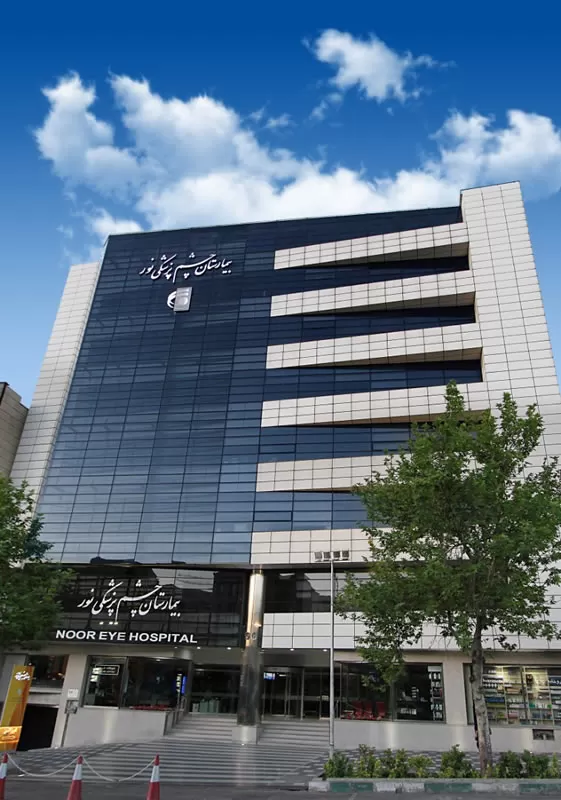
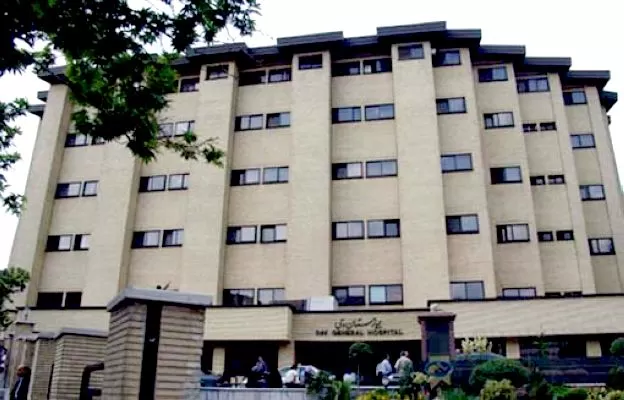
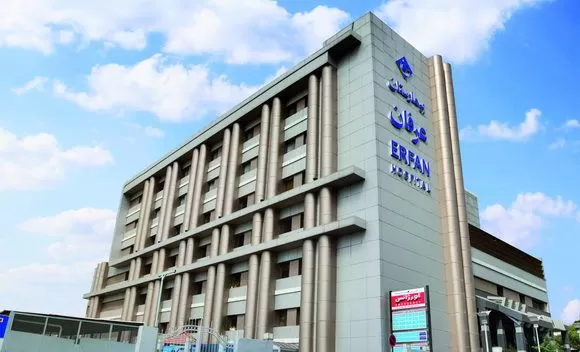


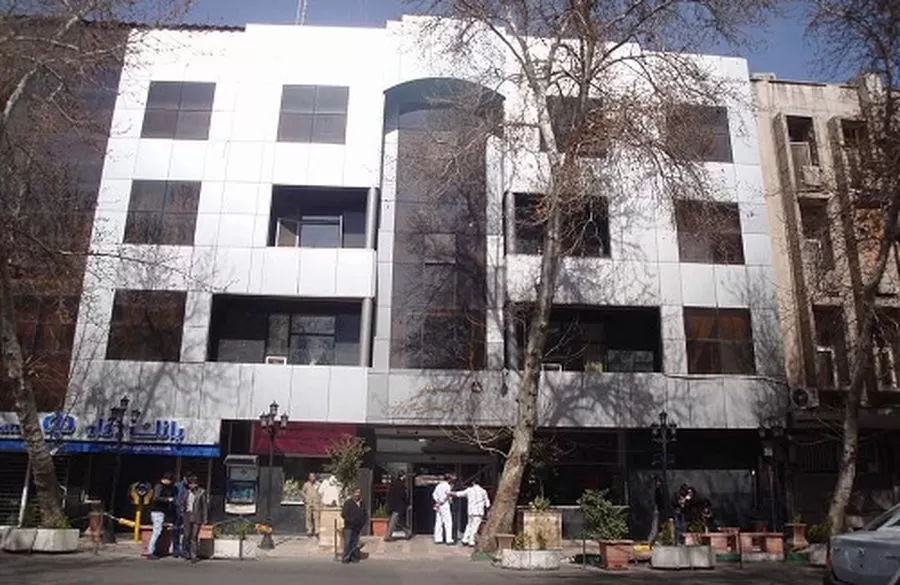
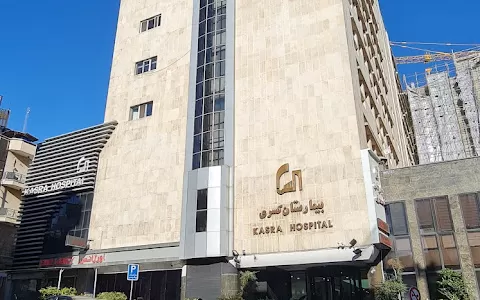
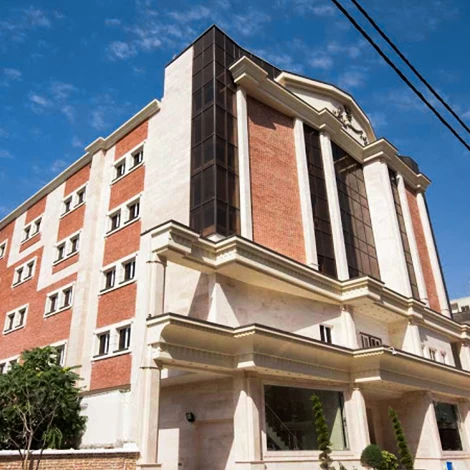

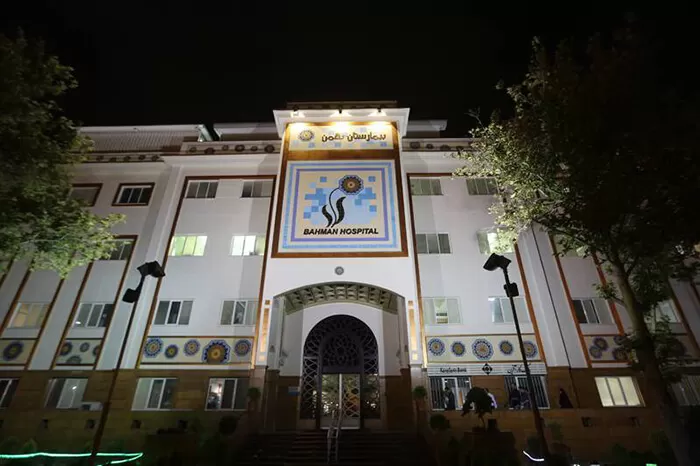
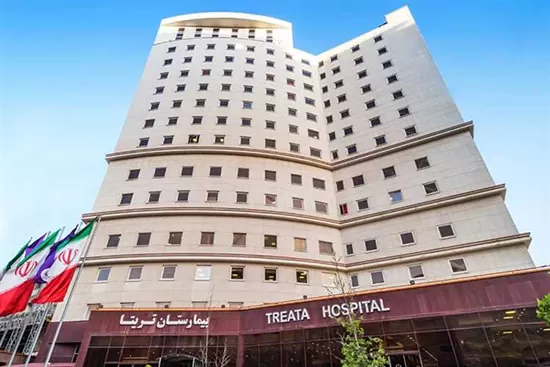
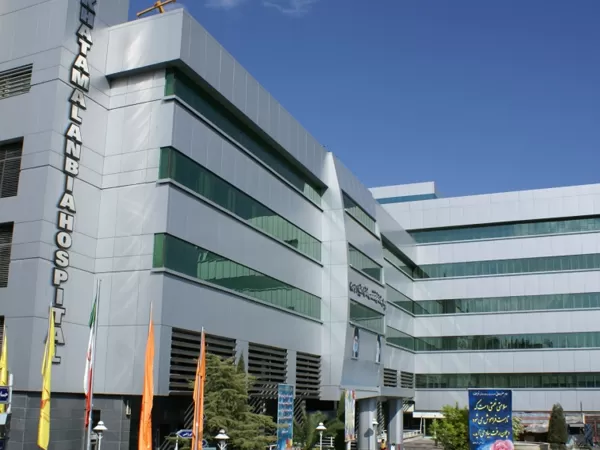
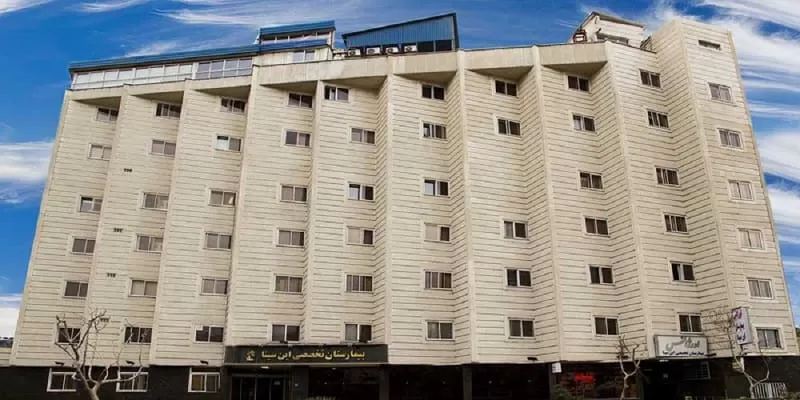

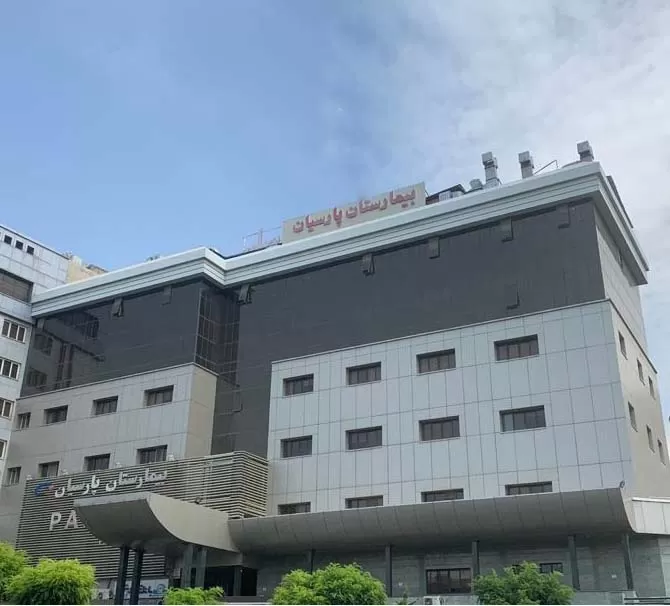

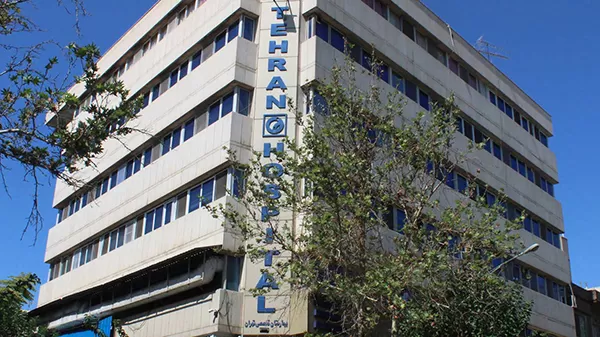

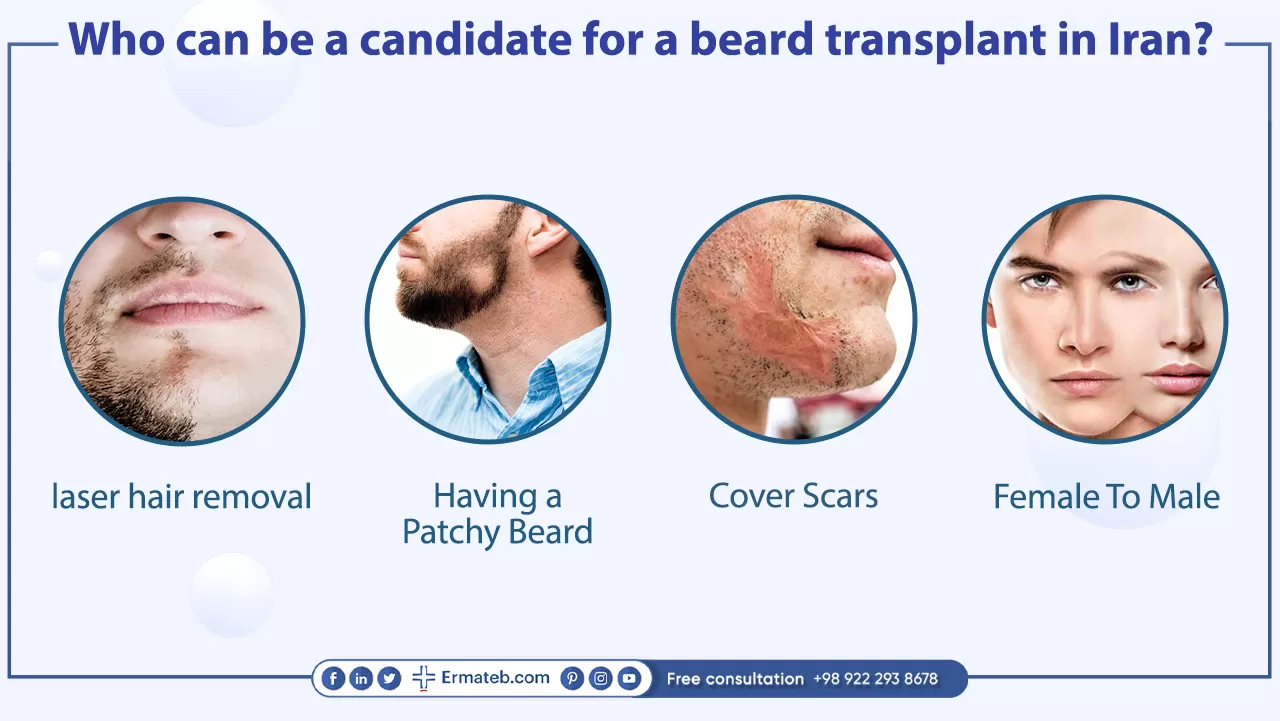
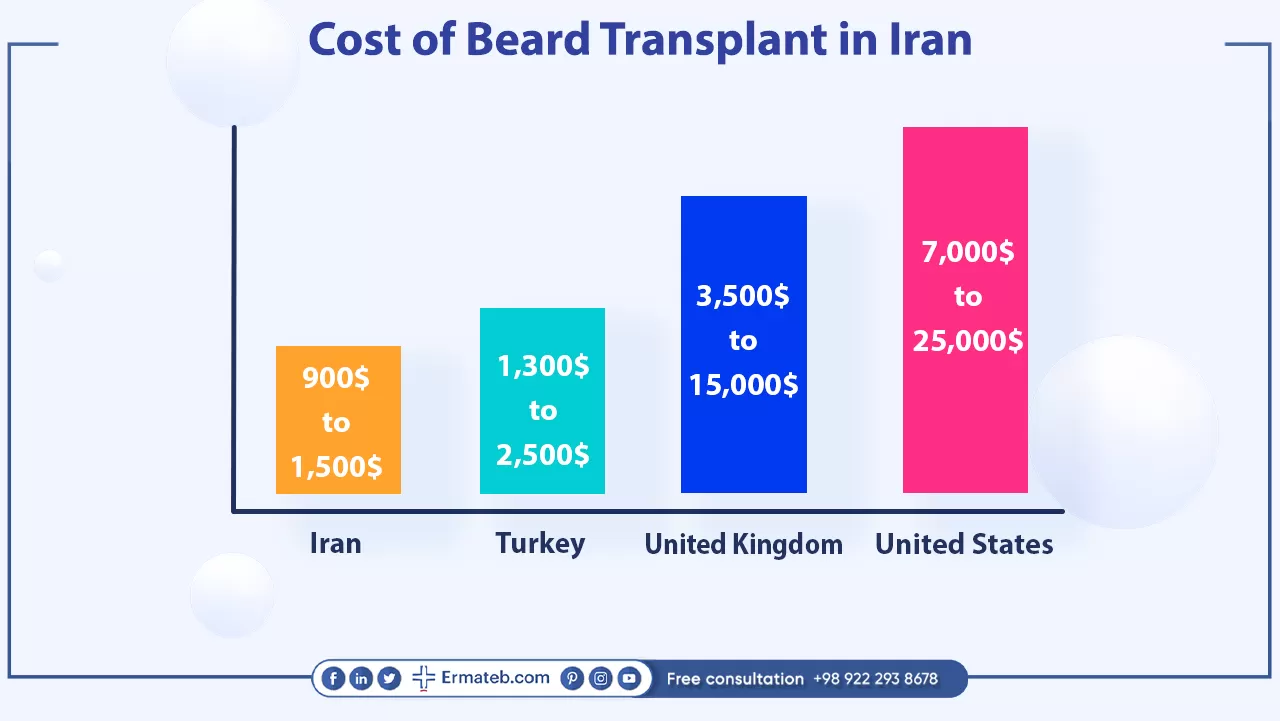
![Frequently asked question about [name]](/v2tem/images/pages/service/faq-image.webp)
